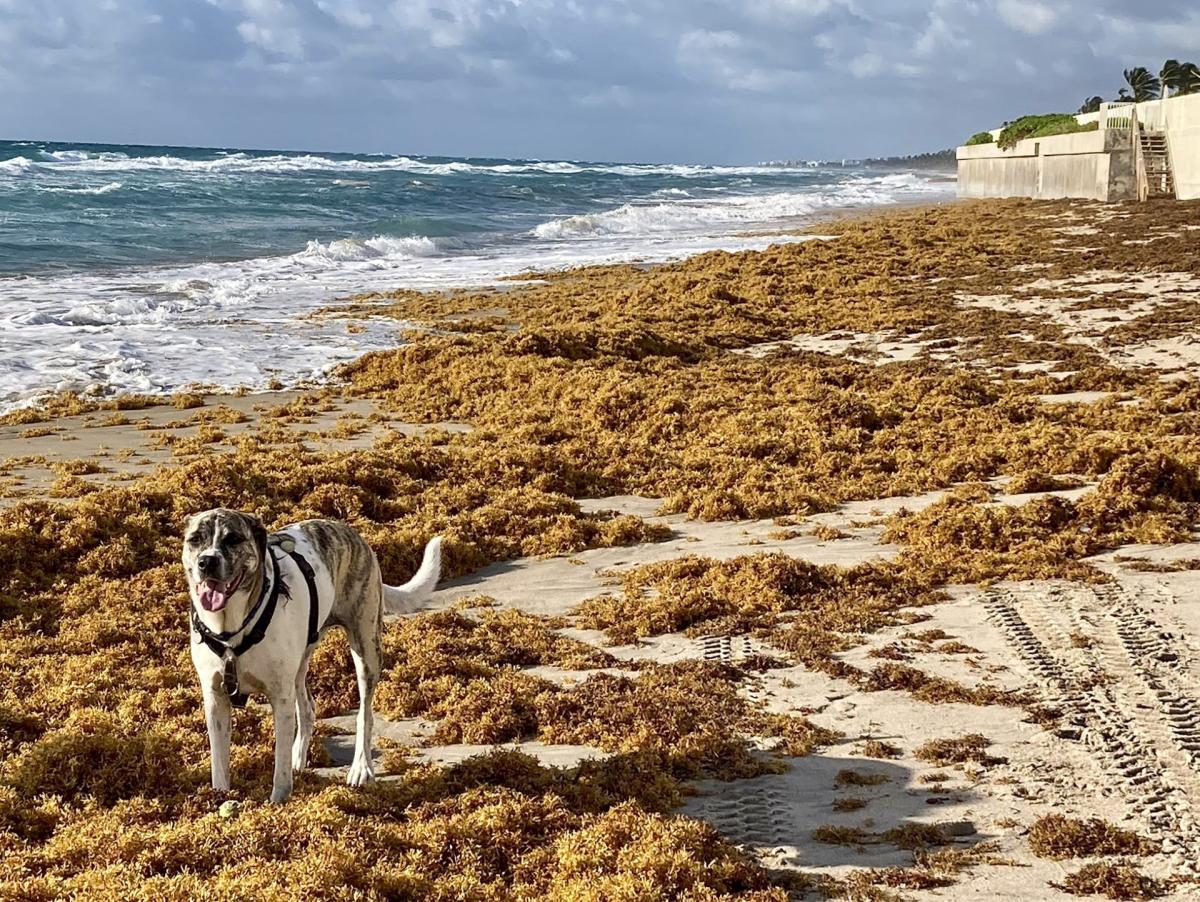Avoid seaweed blobs, red tides on Florida beaches this spring with our water quality maps:-Some Florida officials want spring breakers to stay away, but people will probably still go to the beaches to get some sun during their school breaks and when they’re tired of the rain.
Avoid seaweed blobs, red tides on Florida beaches this spring with our water quality maps
Nature doesn’t always let tourists in, though.
A blob of sargassum seaweed covered the beaches in Florida last year, making them look “like a Stephen King story.”
Forecasters may not be sure of the exact date when the seaweed blob will show up, but USA TODAY’s research into the environment shows where beaches may be affected by other natural barriers.
For instance, red tide, a type of harmful algae, can leave the shores full of dead fish, making a trip to the beach a real stinker.
If you want to plan a trip to the beach or another destination for spring break at the last minute, here is what you need to know about red tide and how it might affect Florida’s shores:
Also Read:-17-year-old boy dies after going missing during swimming drills in the Gulf of Mexico
What is red tide?
A bad algae bloom is called red tide. The Florida Fish and Wildlife Conservation Commission says that most red tides are caused by the tiny species Karenia brevis.
The name comes from the fact that red tides often turn the water red or brown. The dead fish on the beach, though, are the most clear sign.
The organism that causes red tide is poisonous and can hurt fish’s brains and nervous systems, often killing them. These toxins can also be released into the air by waves, which can irritate people’s lungs.
Where is the sargassum seaweed blob?
A swath of seaweed that had reached a record size in December was still located a significant distance away from the coasts of Florida and the Caribbean as of the month of February.
In an effort to someday be able to anticipate when sargassum will begin to accumulate on beaches, the University of South Florida conducts research, collects data, and makes predictions regarding sargassum blooms.
There are a total of 9 million metric tons of sargassum in the Atlantic Ocean, according to the most recent data that was released on Friday. However, the researchers expect that it will not reach the southeast coast of Florida until either the end of April or the beginning of May.

